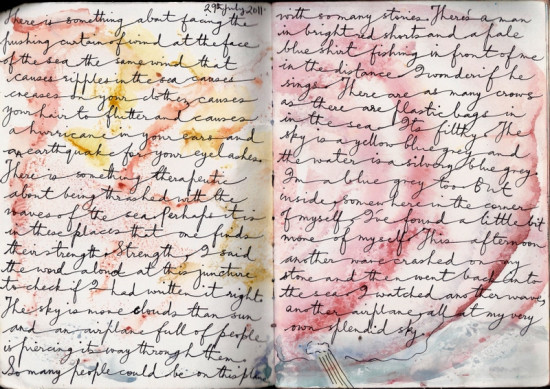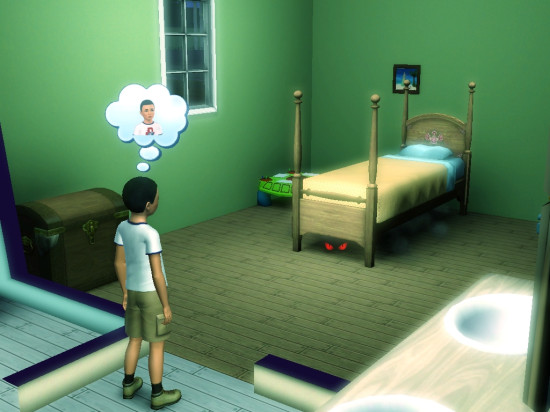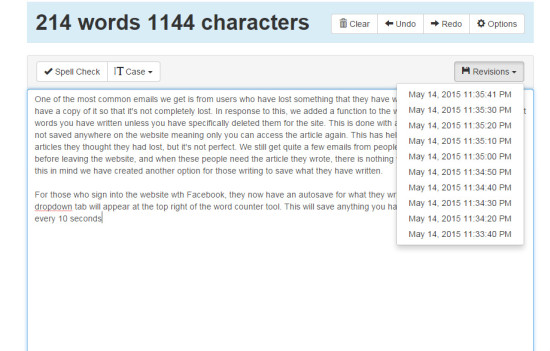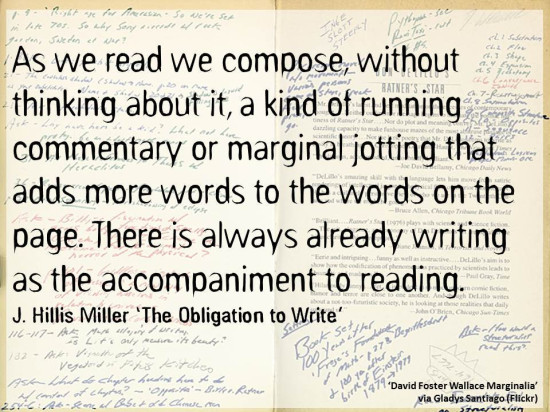11 Elements of a Successful Author Website

Having a web presence is almost mandatory for writers these days. Whether you write fiction, non-fiction or are a freelance writer, a website gives readers and clients a way to find you, interact with your work, and hire you for jobs. It also gives you a chance to reach out to people who might be encountering your work for the first time. As with any communications medium, you need to to make a great first impression and offer people reasons to come back. In addition to making sure that it’s free of grammatical errors and typos, here are eleven things you should consider adding to your website.
Contact information
This is the most important thing to have on your website. You want people to be able to contact you with job offers, appearance requests, and questions. If you have fans, you want to be able to interact with them. Don’t make it hard for people to find you. If you do, they’ll give up and not come back.
Appearances/Events
Let your readers know where you’ll be appearing or speaking. Use this page to keep them informed of any events you’ll be attending or organizing. Let them know of any benefits for attending such as book signings, giveaways, discounted book purchases, etc.
Purchase information
If you have anything to sell, be sure to include links. You may offer the ability to purchase directly from your website (this will require some sort of e-commerce solution), or provide links to Amazon or other retailers. Include the ISBN numbers of any books so stores can easily order them. Make it easy for people to buy your work.
A clean, consistent, professional design
Don’t clutter up your site with lots of colors, fonts, animations, and images. Don’t make every page look different. Keep it consistent. Make your navigation system easy to follow. Make the site professional-looking. Cutesy might work if you’re a children’s author, but freelancers and book writers should keep it professional. People like sites that are easy on the eyes and easy to navigate. Funky colors and fonts may make an artistic statement, but they can also make your readers crazy.
Freebies
People love free stuff. Maybe you give away a short story related to your current novel, or you put together a short guide to your non-fiction subject of interest. Maybe you give away some character background information or provide a playlist that captures the mood of your book. Post sample chapters or excerpts from your work so people can try before they buy. Think of something that your audience will want or find useful and give it away. People also love contests, so you might consider hosting one every now and then.
About/Bio/Resume
For non-fiction writers and freelancers, this will be similar to a traditional job resume detailing your experience and expertise in your field. For fiction writers, it will be a list of your publishing credits and anything that makes you qualified to write that particular story (for example, your main character is a teacher and you’ve been a teacher for fifteen years). In either case, be sure to clearly describe the types of work you offer and maybe tell a bit about your personal story or how you got into writing. Just don’t go on too long or include too much irrelevant information. You can also include some reviews/testimonials about your work. Depending on your experience and what you offer this section might be one page, or a main page with several links leading off of it.
Media/Press Kit
This makes it easier for the press to find everything they need to know about you. You can include your bio, a photo, cover images from your books, links to other interviews you’ve done, and reviews of your work. These should be downloadable documents that the media can reuse them in their own materials.
Links to your social media platforms
If you’re on social media, include links to your active platforms. This is an easy and effective way to promote your writing.
A blog
A blog doesn’t have to be something that you contribute to five times a day. You can post once a week, or every other week, as long as what you have to say is relevant and interesting. Use it to keep readers abreast of your progress on various projects, or answer fan questions. Post about your work process so people can emulate you if they wish. Post about recent experiences you had at events or signings. Keep it relevant, though. Too many posts about your dog or your garden (unless you write about dogs or gardening) will turn people off who came to learn about your work.
Information about upcoming projects
If you have books in the pipeline, give your readers a heads up about what’s coming. You may be contractually limited in what you can say, but readers always want to know what you’re working on now. Even freelance writers can let their clients know that they’re expanding into new markets or pursuing a relevant non-fiction book.
Resources
This could be a list of links to some of your research sources, ideas for book clubs, ideas for teachers (if your work is used in classrooms), links to other sites or blogs on your subject matter or which you find helpful, FAQ answers, or anything else that you think your readers will find valuable.
Not everything on this list is necessary or applicable to every type of writer. The key is to understand who your readers/clients are and the things they’re likely to be seeking at your site. A young adult author will have a very different site from a scientific author. A freelance writer’s site will look different from that of a book writer. Give your readers and clients what they want from your site in a way that’s easy to navigate and understand and you’ll be on your way to success.
(Photo courtesy of chamko rani)



